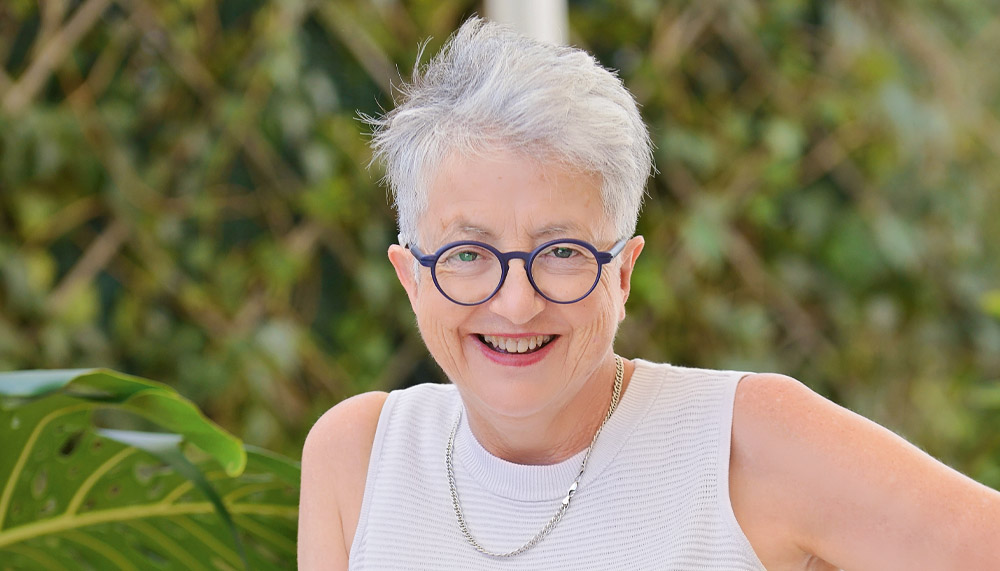A champion of rural and remote Australia, Dr Ruth Stewart has been appointed the National Rural Health Commissioner.
Story Annabelle Brayley Photo Romana Sae Heng
There’s been a buzz of anticipation sparking around the bush telegraph since early July, when the Federal Government announced Ruth Stewart’s appointment as the National Rural Health Commissioner (NRHC). Ruth’s been gunning for significant reform of Australia’s rural and remote health system for two decades. This is her clear shot.
Established in 2017, the commissioner’s primary role is to engage with all stakeholders and formulate advice to the health ministers to influence policy and strategies that will improve rural/remote health outcomes. Ruth’s first priority was rural and remote responses to COVID-19. “We need to ensure that we have appropriate models of training and care in place for all rural and remote Australians,” she says.
COVID notwithstanding, following in the footsteps of the inaugural commissioner, Paul Worley, her focus was always going to be the National Rural Generalist Pathway (NRGP). Rural generalists are doctors who have completed several extra years of training, including advanced skills in at least one specific discipline – for instance, anaesthetics, emergency medicine, Indigenous health – to enable them to provide a broader range of health care to rural/remote communities. Ruth is ferociously committed to progressing the implementation of the NRGP and to establishing an NRGP for allied health.
She will be assisted by two, yet to be announced, deputy commissioners; preferably a nurse and an allied health professional with expertise at a strategy and policy level. Her intent is that one of them will be an Indigenous Australian.
“We need to get the right doctors and health professionals into the places they need to be to provide all rural and remote Australians with the excellent health care urban Australia takes for granted,” Ruth says. “But there’s no cookie cutter. If you’ve seen one rural/remote community, you’ve seen one rural community. What works in south-west Victoria isn’t going to work in the wheatbelt of Western Australia and isn’t going to work in a desert community in the Northern Territory or in a Cape community in Queensland.”
This story excerpt is from Issue #133
Outback Magazine: Oct/Nov 2020









